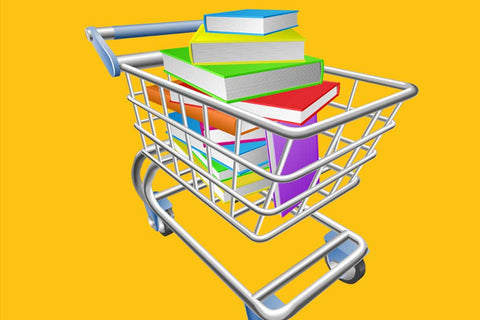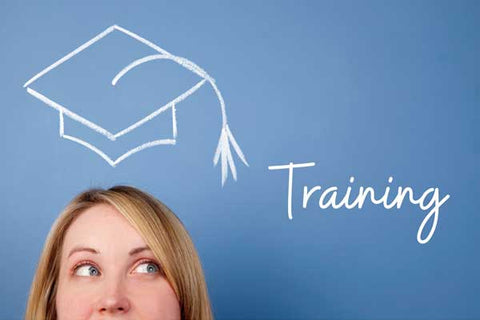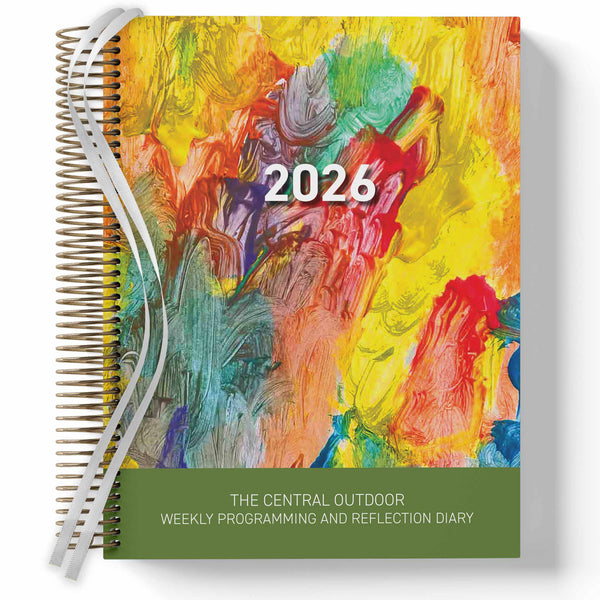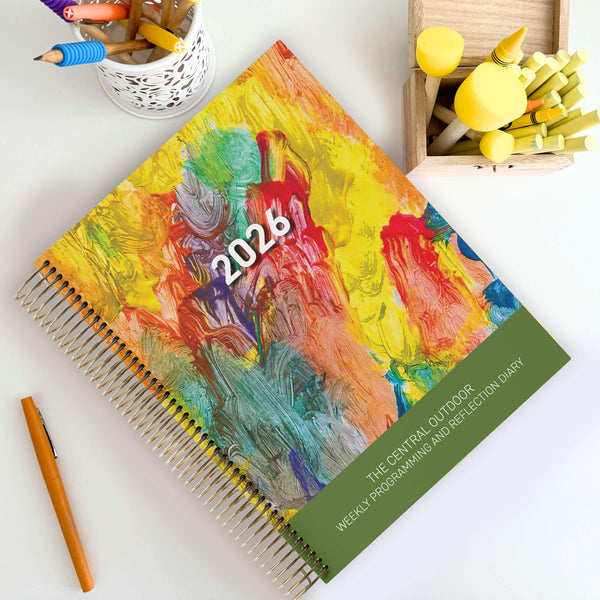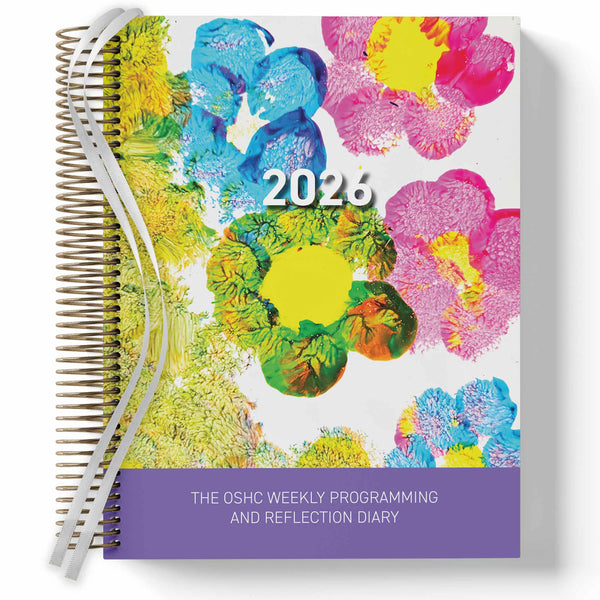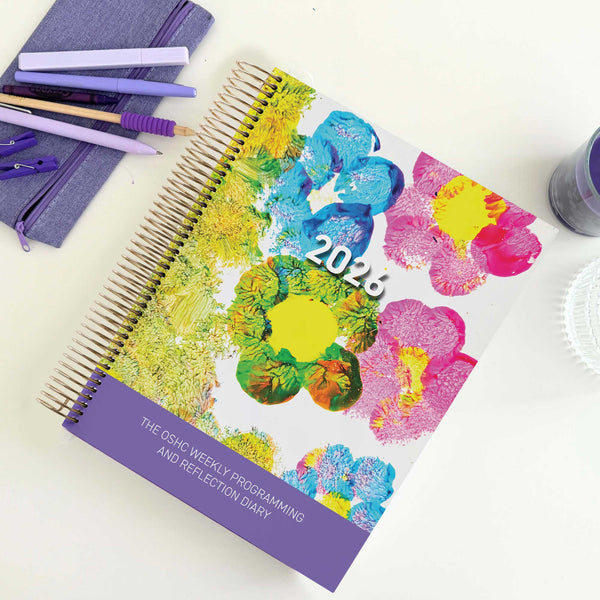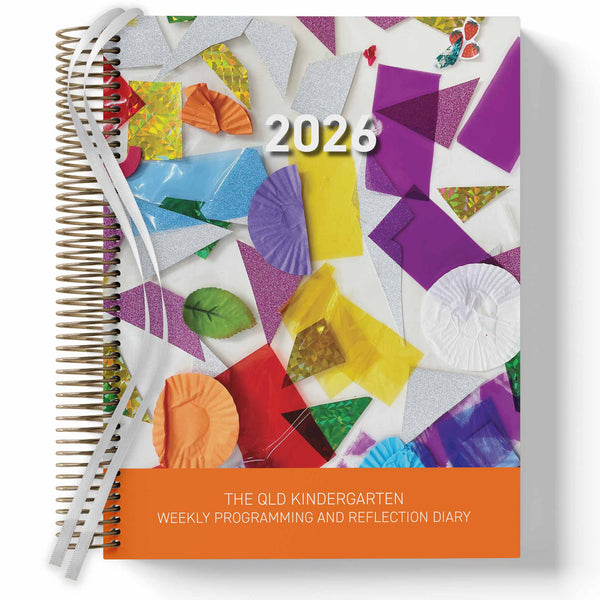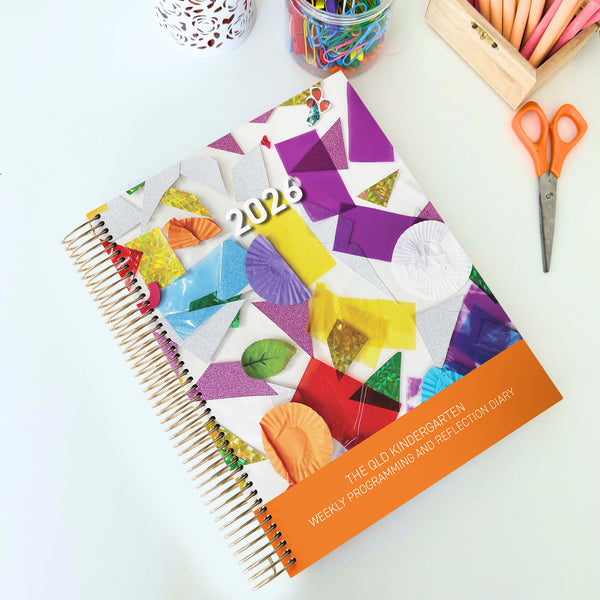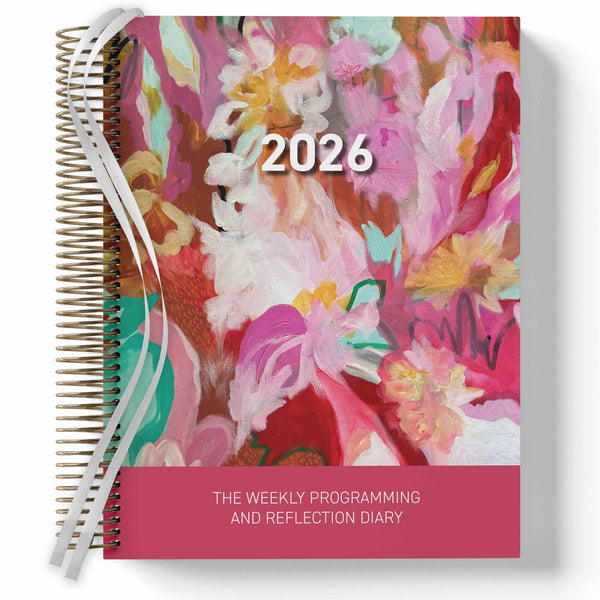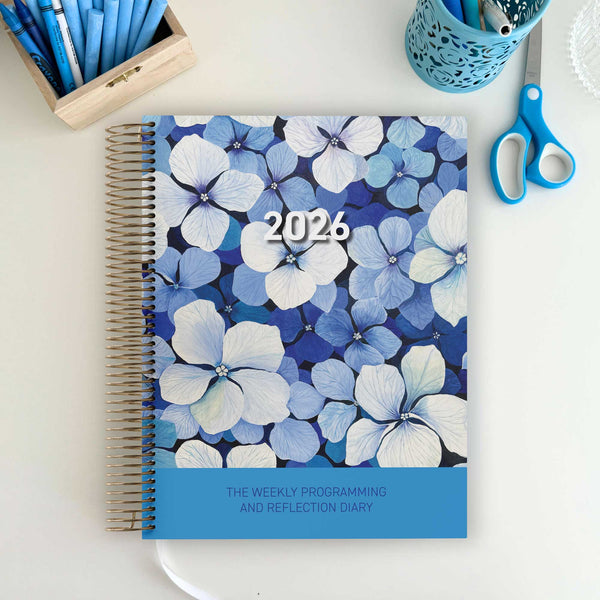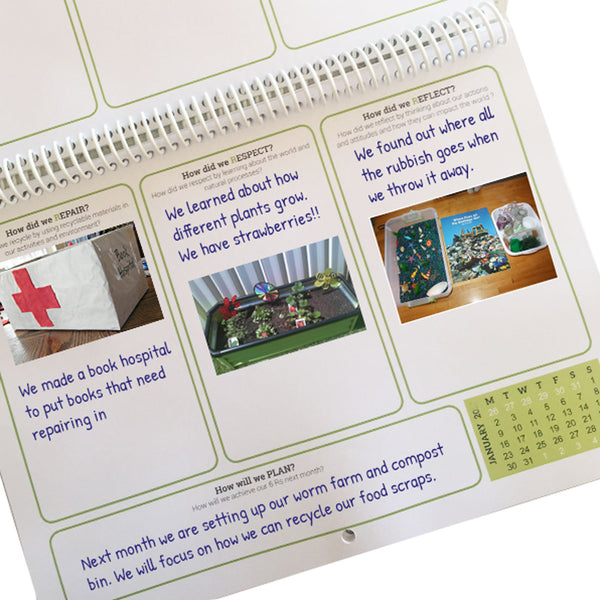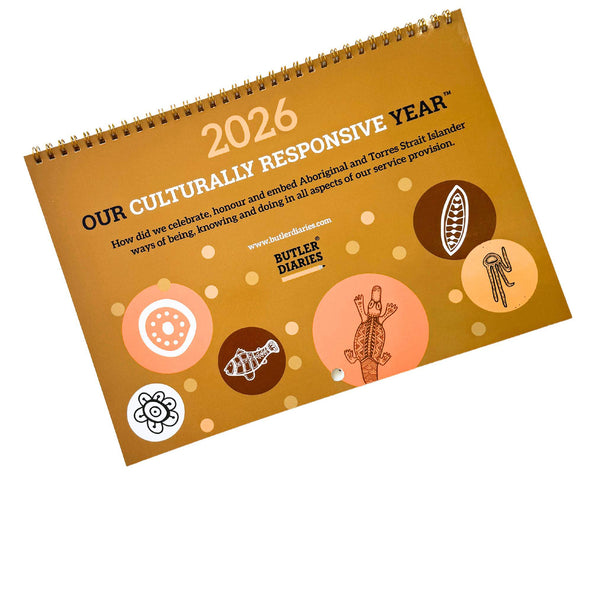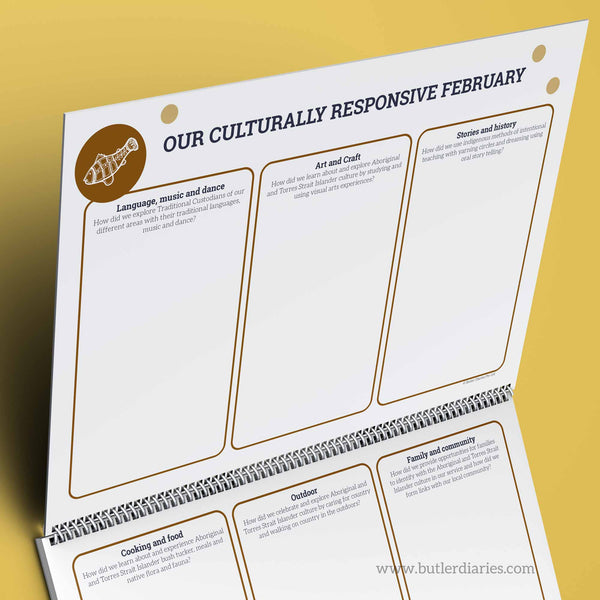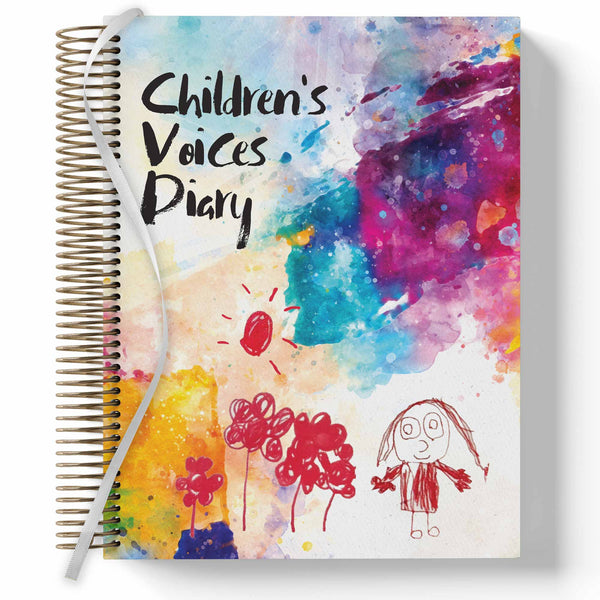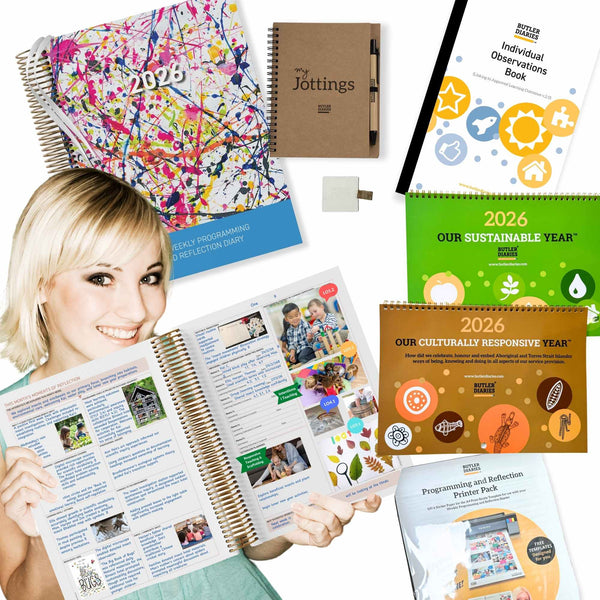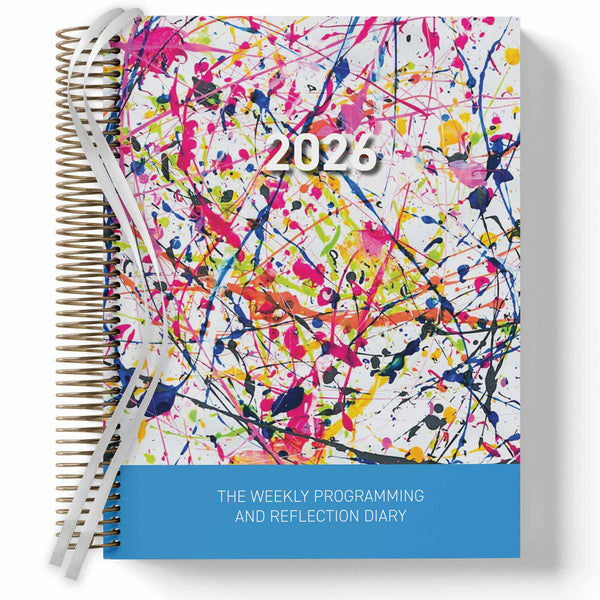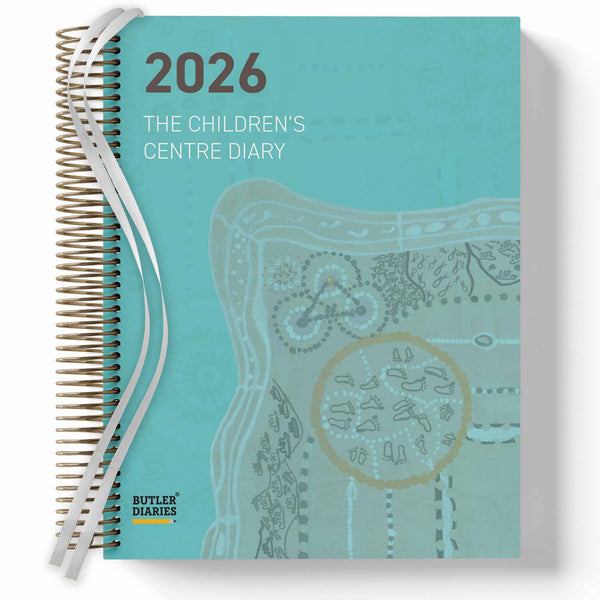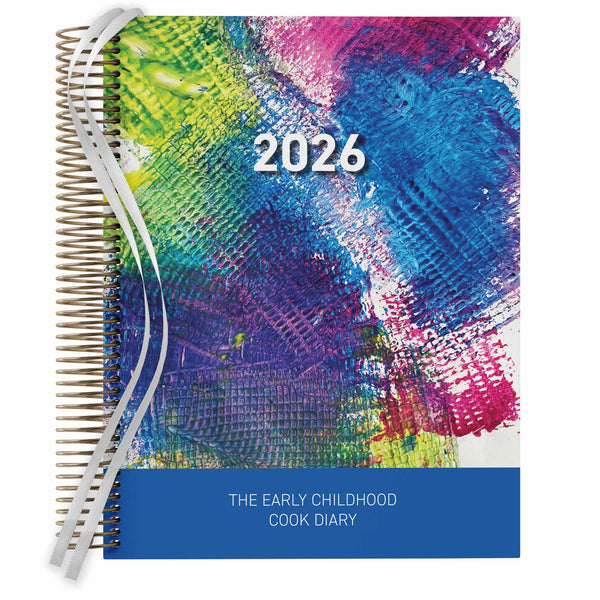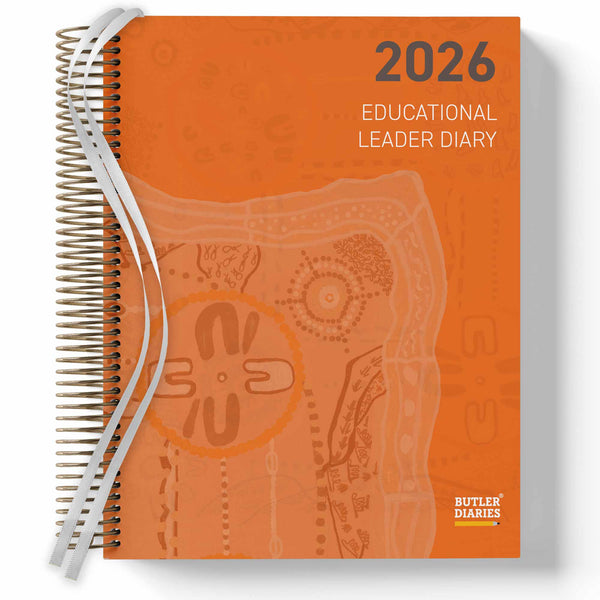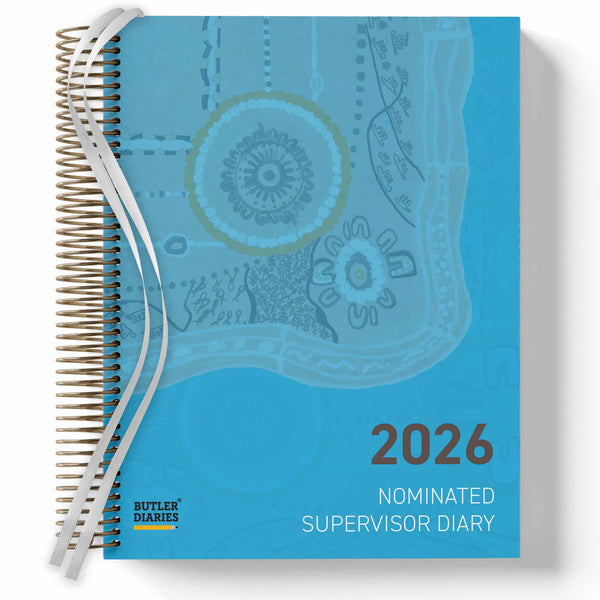Educators often find themselves balancing the demands of programming, observations, family communication, and spontaneous learning—all while nurturing the development of young children. One of the most frequent pain points we hear is: "How do I fit everything in?"
This article offers realistic, time-saving strategies for educators who want to stay on top of their documentation without compromising the quality of their interactions with children.
1. Break it Down
Instead of trying to find whole blocks of time for programming and reflection, spend 10 minutes per day adding to your programming and jotting down your critical reflections. This saves you from finding the impossible task of finding a spare hour which we all know does not exist.
2. Use Templates and Prompts
Reinventing the wheel every week is exhausting. Templates streamline documentation by giving you a consistent structure. Prompts for critical reflection, learning outcomes, or even parent communication can significantly reduce the time spent thinking about what to write. The Weekly Programming and Reflection Diary prompts you to cover all the right areas and helps make the cycle of planning visible with less work from you.
3. Colour Code for Clarity
Colour coding your programming entries by learning outcomes allows you to quickly scan and assess the holisticness of your curriculum. This small change saves time in analysis and helps with compliance during assessments. We've got the EYLF Highlighter Pen to help you colour code and LO sticker packs that also provide colourful links.
4. Prioritise Spontaneous Observations
Some of the richest learning happens in the unplanned moments. Keep a small notebook or your Diary close by to jot down spontaneous play, conversations, or achievements. These snippets often form the basis for future programming and are more authentic than staged observations.
5. Involve Your Team
Share the load. A simple and effective programming method ensures all educators - no matter their experience, role, or frequency in the service - can add to the program. This ensures a collaborative program that is recorded accurately as it unfolds.
6. Reflect in Real Time
Instead of leaving all your reflections to the end of the week, try jotting down key moments or thoughts during quiet times throughout the day. A two-minute reflection captured in the moment can save you hours later.
Butler Diaries: The Organised Educator's Best Friend
Our Educator Diaries are designed with these exact needs in mind. With built-in weekly programming pages, outcome prompts, and sections for reflections, you’ll have a trusted tool that adapts to the realities of your day.
No more hunting for loose pages or second-guessing your planning—just one consistent, clear record of your professional journey.
Explore the Educator Diaries and see how they can simplify your documentation.
Your time is precious. Let’s make sure your systems work as hard as you do.
Have another question? Check out these answers to frequently asked questions.
